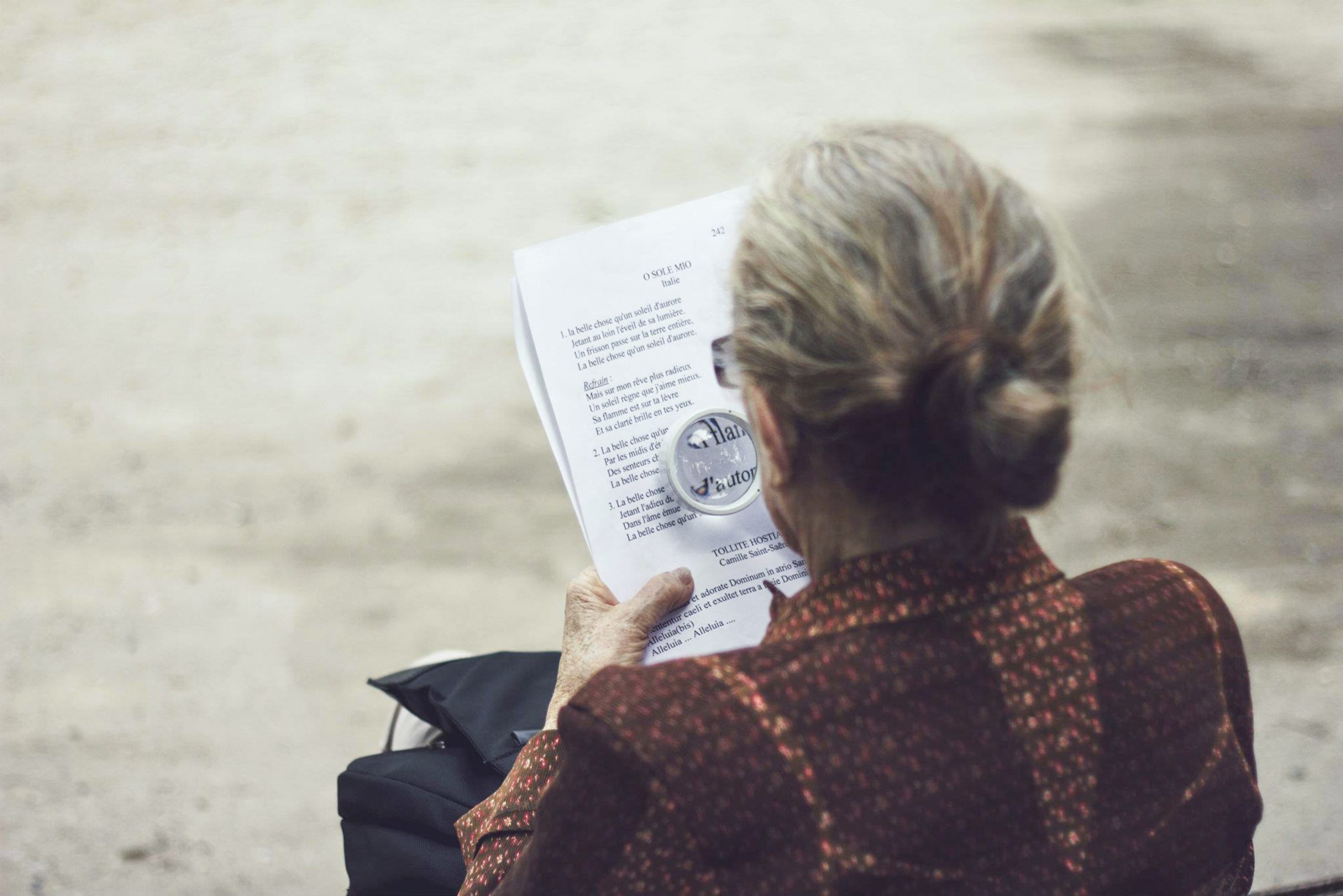Study found 287 industrial pollutants in cord blood of 10 babies
By Colleen Diskin
This article was written by Colleen Diskin for the Knight Ridder Newspapers in Hackensack, N.J. Special thanks to The Edmonton Journal for sharing this article.
Mothers pass on hundreds of chemicals from pesticides to flame retardants to their babies through their umbilical cords, according to a groundbreaking study. The study, released Thursday, found 287 industrial chemicals and pollutants in umbilical cord blood from 10 babies born in U.S. hospitals. The blood harbored pesticides, chemicals from non-stick cooking pans and plastic wrap, long-banned PCBs and wastes from burning coal, gasoline and garbage. On average, each baby had been exposed to 200 chemicals.
Scientists have long cautioned expectant mothers to limit exposure to chemicals by avoiding mercury-tainted fish, for example, and staying out of the nursey until paint is dry. But the study, paid for by the Washington-based Environmental Working Group, is the first to examine the sheer number of exposures infants can have, via the umbilical cord, from pollutants that are nearly impossible for their mothers to avoid, the researchers said.
It is the first to measure a baby’s “body burden,” the term used to describe the amount of pollutants buried in the bloodstream, organ tissues and fat cells. Researchers and environmental advocated said the results are disconcerting. “The numbers are startling when you hear them,” said Dr. Alan Greene, a Stanford University pediatrician who wrote a commentary on the study. In the month before baby’s birth, the umbilical cord pumps at least 300 quarts of blood each day back and forth from the placenta to the fetus, bringing the baby oxygen and nutrients. Scientists once mistakenly thought the placenta shielded cord blood and the baby from most chemicals and pollutants.
Greene described the placenta as a “free-flowing. living lake” that the blood vessels in the umbilical cord draw from.” Today, this most primal of lakes has become polluted with industrial contaminants,” Greene said. “And developing babies are nourished exclusively from this polluted pool. They mainline the contaminants through their umbilical cord, injecting them into their veins more potently than any IV drug administration.”
The study raises more questions than it answers, in particular what the cumulative effect of all these chemicals might be on a new born, said Tim Kropp, a senior scientist with the Environmental Working Group. “For some of the chemicals, we know some safe levels for a single chemical in adults,” Kropp said. “In none of them, however, do we know what the safe level is in combination with each other and not what it is in babies,”
The Environmental Working Group paid $10,000 a piece to test the cord samples, Kropp said. The samples were taken by the Red Cross for possible use in transplant operations. Kropp said no identifying information was provided, meaning it is impossible to know whether the pregnant mothers had lived near pollution hot spots. But a hot spot would account for just a few chemicals; these babies tested for exposure to far more, showing, Kropp said, just how pervasive chemicals are in our society.
The blood sample with the lowest readings contained 154 chemicals. The highest held 231.
Exposure to chemicals is a bigger concern with infants because the blood-brain barrier – the body’s defense that keeps contaminants from reaching the central nervous system – is not yet developed, meaning babies can suffer more neurological harm, Greene said. Green and others affiliated with the study say it points to the need for a wider, publicly funded study of the impact of chemical exposure to children. Advocacy groups say there are ways consumers can reduce their body burdens. Suggestions include eating locally grown food farmed without pesticides; not using chemicals on lawns; getting rid of cleaning products that contain colorants, fragrances and deodorizers; avoiding Tefon pans; and not using the microwave to heat foods in plastic containers that might leach chemicals.


